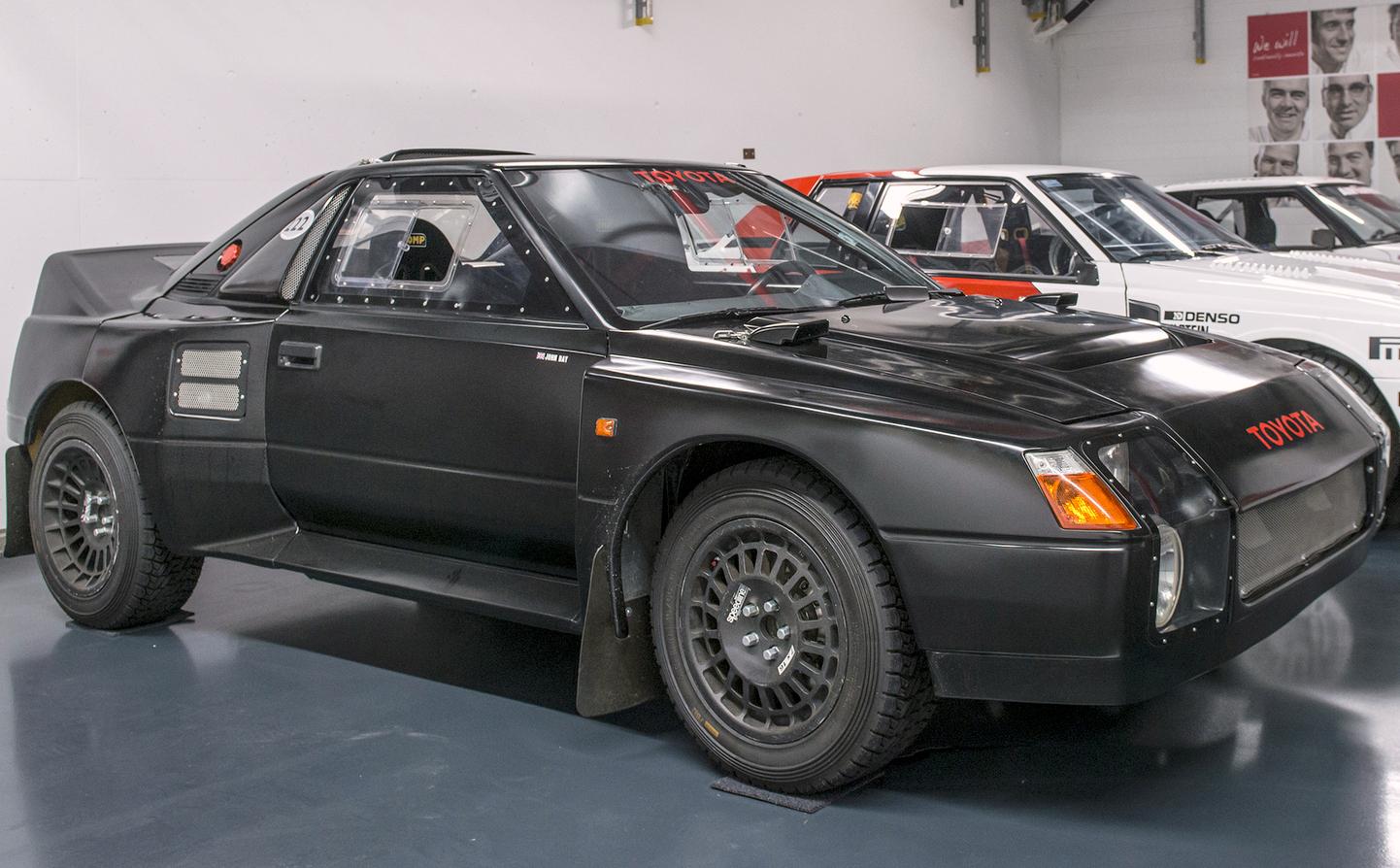At the 2024 Eifel Rallye, Nicky Grist gave rally enthusiasts an exclusive walkaround of one of the rarest rally cars in existence: the 1986 Toyota MR-2 Group S (also known as the 222D), owned by ex-Toyota Team Europe engineer Ernst Kopp. This elusive rally machine represents a forgotten chapter in motorsport history – one that nearly reshaped the World Rally Championship (WRC) but never made it to the main stage. You can see the car in all its glory at the bottom of the page…
To understand the significance of this car, we must delve into the stillborn Group S era, a category that never saw the light of day.
What Was Group S?
The FIA envisioned Group S as a futuristic rally category, meant to replace the infamous Group B, which was banned after the 1986 season due to a series of tragic accidents. Group B had become notorious for its raw power and minimal regulation, leading to incredibly fast and lightweight cars that were difficult to control, often with disastrous consequences. The sport’s governing body sought a safer, more technologically advanced alternative—and that’s where Group S was born.
Unlike Group B, which was based on modified production cars, Group S would focus on experimental prototypes. These cars would have strict power limits of around 300 horsepower, far less than the monstrous 500-600 horsepower seen in Group B. The idea was to shift the emphasis from brute force to technological innovation, allowing manufacturers to experiment with new materials, drivetrains, and aerodynamic designs while ensuring a safer experience for drivers and spectators.
However, despite these ambitious plans, Group S never made it to the starting line. The FIA ultimately decided to abandon Group S in favor of Group A, a production-based category with tighter regulations. By that time, manufacturers like Toyota had already begun developing cars for Group S, including the MR-2—a rally car that remains one of the rarest and most fascinating examples of what could have been.
The Toyota MR-2 Group S: A Rare Gem
The Toyota MR-2 Group S is a prime example of the rally car that never had its moment. With only a handful ever built, this 1986 prototype is a rallying unicorn. Designed as part of Toyota’s secretive Group S project, the MR-2 was a radical departure from the production-based rally cars of the time. Under the hood was a mid-mounted, turbocharged 1.8-liter engine pushing around 300 horsepower—right in line with Group S’s proposed power limits.
One of the standout features of the MR-2 Group S was its lightweight construction, which used cutting-edge materials to ensure agility on the rally stages. The car also featured a unique aerodynamic design, with wide arches and a low-slung profile that made it look like a futuristic racer. This combination of power and innovation made it a prime contender for what could have been the dawn of a new rallying era.
A Vision Cut Short
Toyota’s MR-2 was poised to take on rally legends, but with the abrupt cancellation of Group S, the car never had the chance to compete. The FIA’s decision to go with Group A meant that manufacturers had to pivot back to production-based models, leaving prototypes like the MR-2 in the shadows. Only a few Group S cars, including the MR-2, were built before the project was shelved, making them some of the rarest rally cars ever produced.
Despite its limited exposure, the Toyota MR-2 Group S stands as a reminder of what could have been a revolutionary shift in rallying. The car itself remains in pristine condition thanks to Ernt Kopp, a former Toyota Team Europe engineer who has preserved this rare piece of motorsport history. Seeing it at events like the Eifel Rallye allows fans to get a glimpse of the innovation and potential that Group S represented.
For enthusiasts and historians, the Toyota MR-2 Group S is more than just a rare rally car—it’s a symbol of an era that might have been. As we look back on the legacy of Group S, it’s clear that these cars, though never raced, pushed the boundaries of what was possible in rallying. And with the MR-2’s sleek design, powerful engine, and innovative features, it’s easy to imagine how this car could have dominated the stages in a different timeline.
